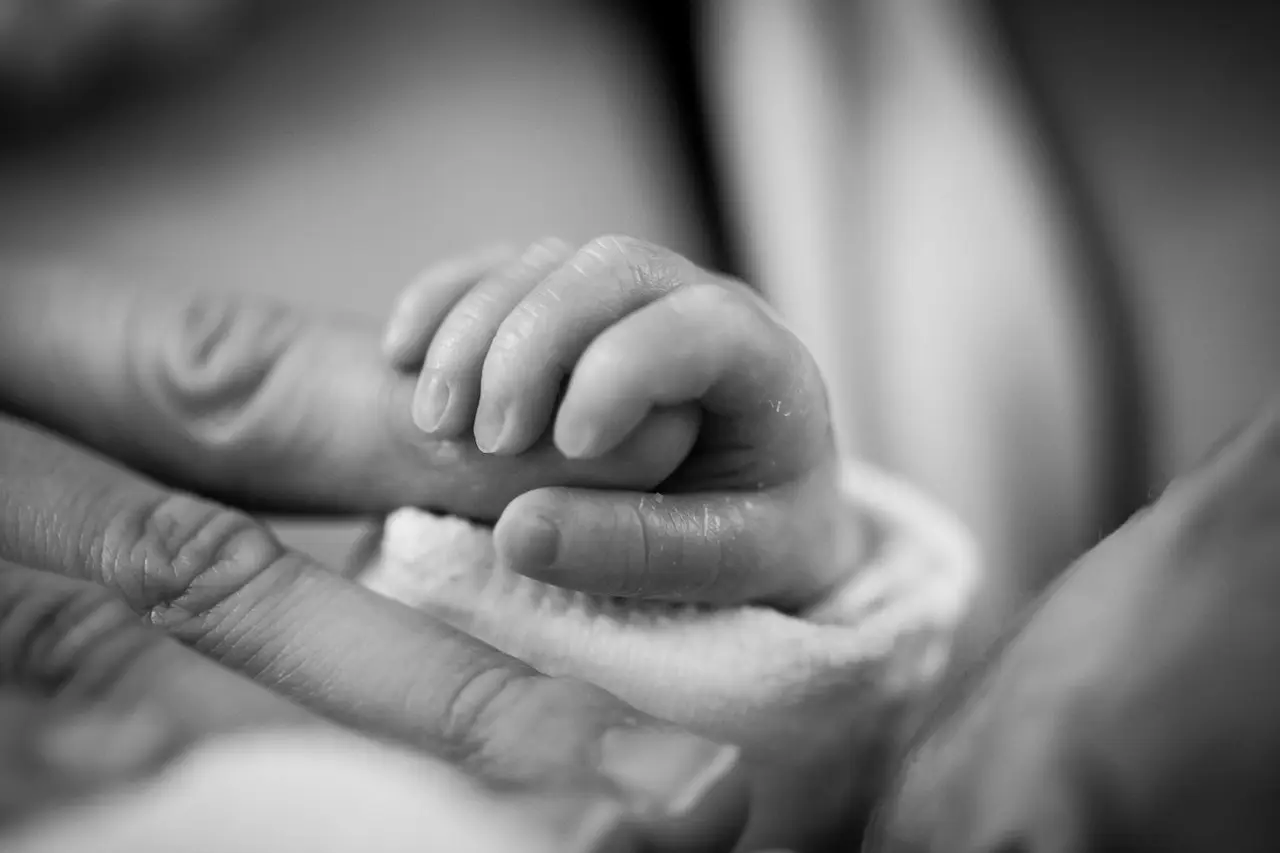Birth Injuries and Medical Malpractice Claims

The birth of a child is often seen as a joyous occasion, a miraculous event that brings new life into the world. However, when things don’t go as planned, and a newborn suffers an injury during birth, it can quickly turn a moment of happiness into a lifetime of concern. Amidst the emotional turmoil, one question frequently arises: Was this birth injury a result of medical malpractice? This blog aims to demystify the intersection of birth injuries and medical malpractice, specifically focusing on South Carolina’s legal landscape.
Differentiating Between Birth Injuries and Birth Defects
Before exploring the topic of medical malpractice, it’s essential to differentiate between a birth injury and a birth defect. A birth injury is an injury sustained during the labor and delivery process. In contrast, a birth defect typically occurs due to genetic factors, environmental influences, or a combination of both, and usually manifests before birth. Only birth injuries can potentially qualify for medical malpractice claims.
Common Types of Birth Injuries
Some of the most frequently occurring birth injuries include:
- Brachial Plexus Injuries: This affects the bundle of nerves that control the arms and hands.
- Fractures: Broken bones can occur, especially in complicated deliveries.
- Cerebral Palsy: Though not always the result of medical malpractice, it can be caused by a lack of oxygen during delivery.
- Caput Succedaneum: This is a swelling of the soft tissues in the baby’s head.
The Role of Medical Malpractice
Medical malpractice occurs when healthcare providers fail to adhere to an established standard of care, resulting in patient harm. For a birth injury to be classified as medical malpractice, one must generally prove:
- Duty of Care: Establish that the healthcare provider had a duty to adhere to a certain standard of care.
- Breach of Duty: Show that the provider failed to meet that standard.
- Causation: Demonstrate a direct link between the breach and the birth injury.
- Damages: Quantify the damages, both physical and emotional, caused by the injury.
Legal Framework in South Carolina
In South Carolina, medical malpractice claims, including birth injuries, have a statute of limitations of three years from the date of injury or discovery of the injury. Moreover, South Carolina has a damages cap for non-economic damages, which includes pain and suffering, capped per defendant.
Documentation is Key
The process of proving medical malpractice can be complex. Essential documentation includes:
- Medical records of the mother and the child
- All paperwork related to the pregnancy and delivery
- Expert witness testimonials, often from healthcare providers, to establish the standard of care and how it was breached.
Conclusion
Navigating the complex nexus of birth injuries and medical accountability requires a nuanced understanding of medical practices, legal requirements, and the emotional distress that the affected families go through. While no amount of money can reverse the harm caused, understanding the legal avenues available can bring some level of redress and closure for families grappling with such a challenging ordeal.

